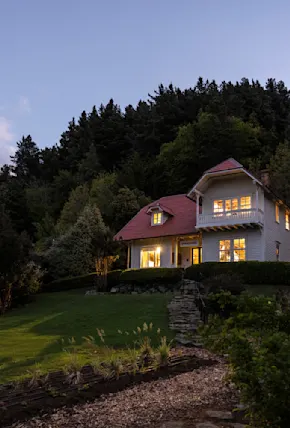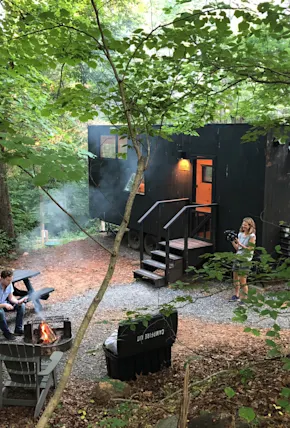Too many years ago, fresh off my first year of high school, I had the opportunity to attend the Island School, a semester school and marine research facility on the southeastern tip of the beautiful island of Eleuthera in the Bahamas. Our curriculum consisted of SCUBA classes, place-based ecology, and in our free time, wandering the lowland tropical savannah outside of our sandy campus, where there were a few local residences, one marina shop that catered to visiting yachts, and an abandoned golf course. On field trips we were taken up-island, to the more populated northern tip, where we wandered the streets of outlying islands Harbor Island and Spanish Wells, known for their white sand beaches and tourist-filled streets.
Somewhere between all this sits the 600-square-foot Brillhut by Miami-based studio Brillhart Architecture. Designed by and for founders Melissa and Jacob Brillhart, the modest cabin is an experiment in uncomplicated island living. Taking cues from the pitched roof cottages of Harbour Island and western architecture's founding principle of the primitive hut, the island cabin is unadorned but inviting.











